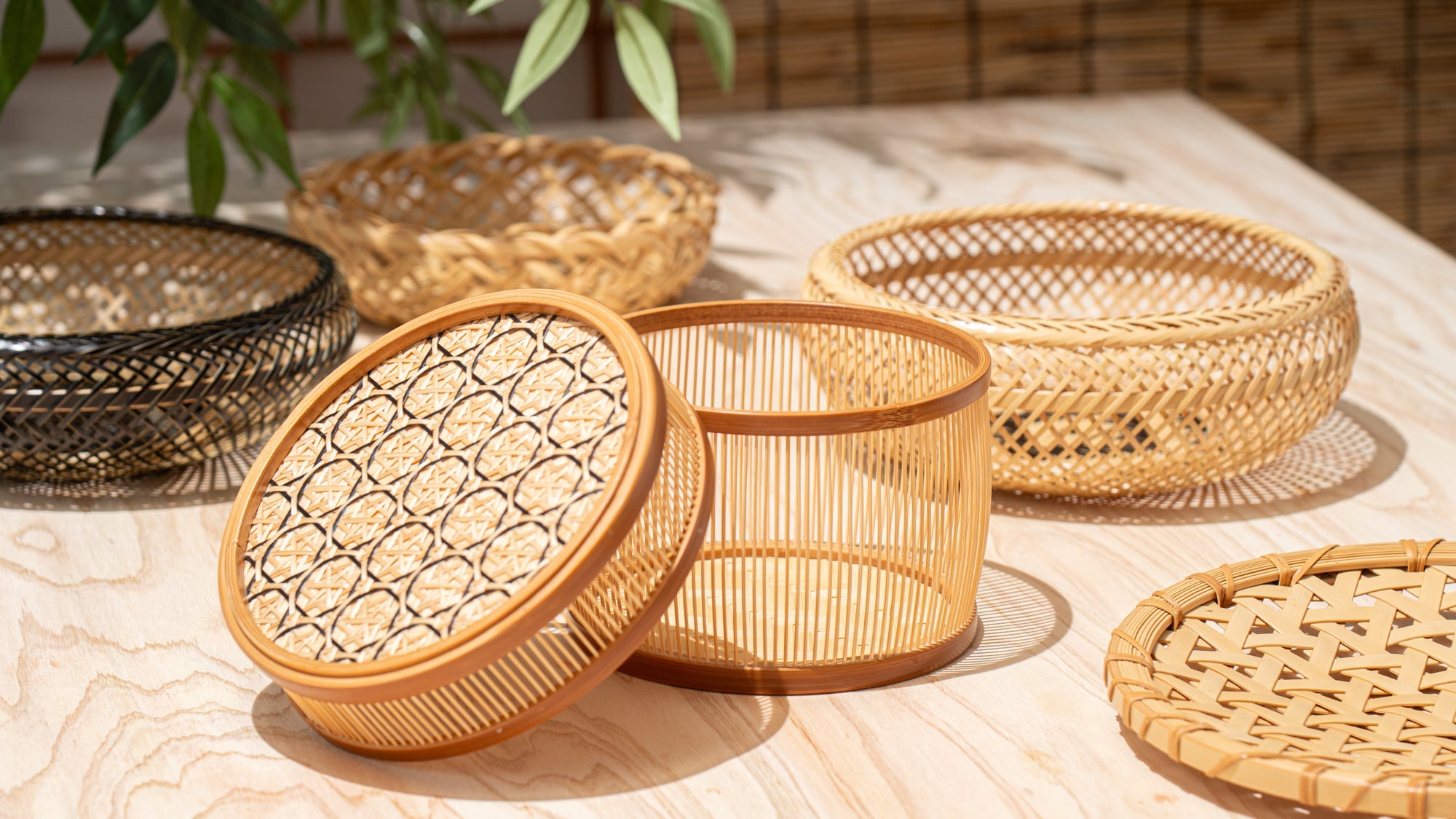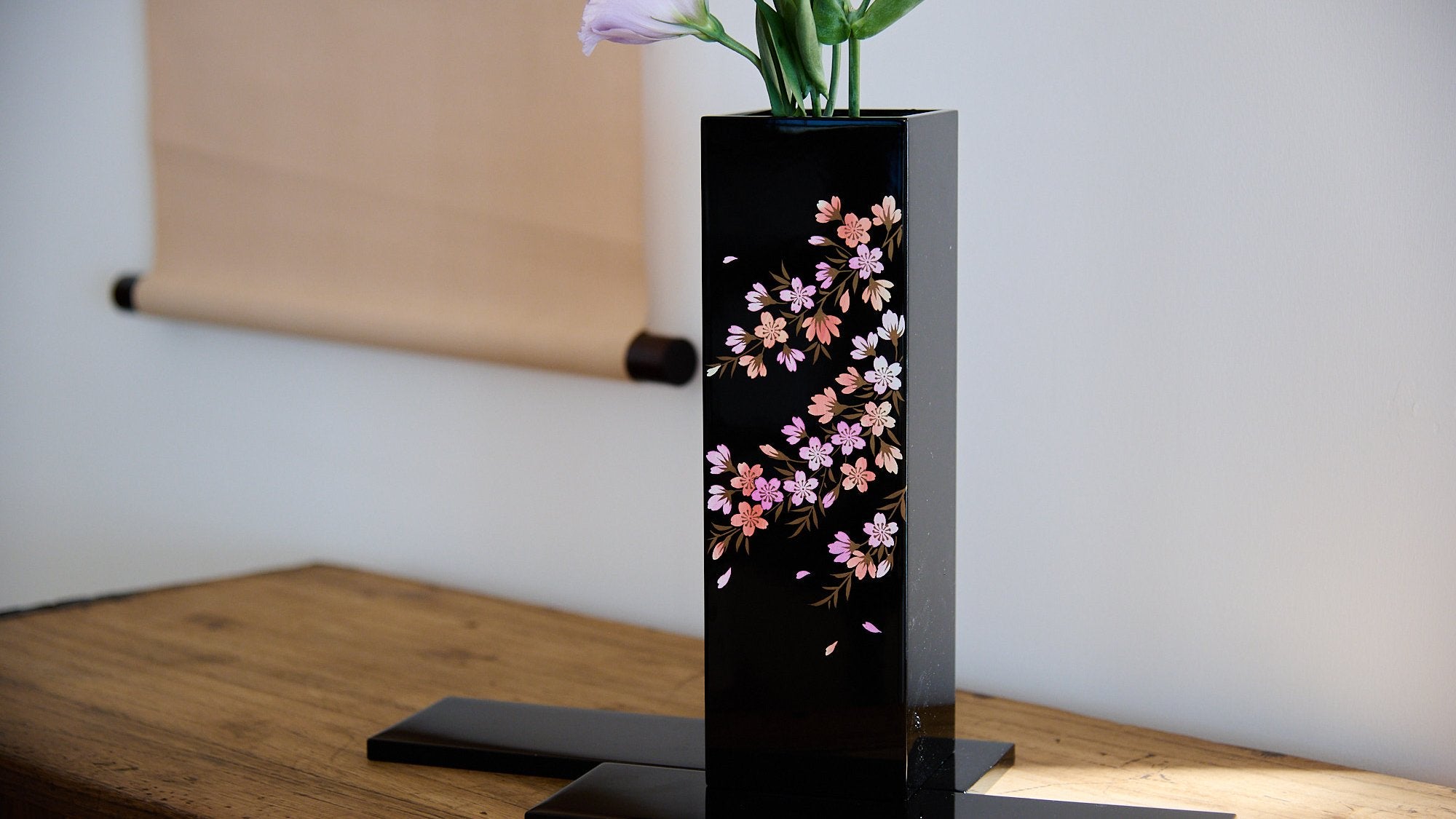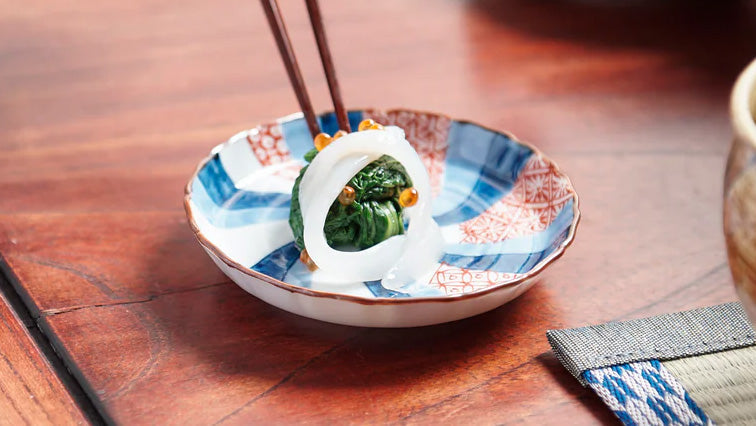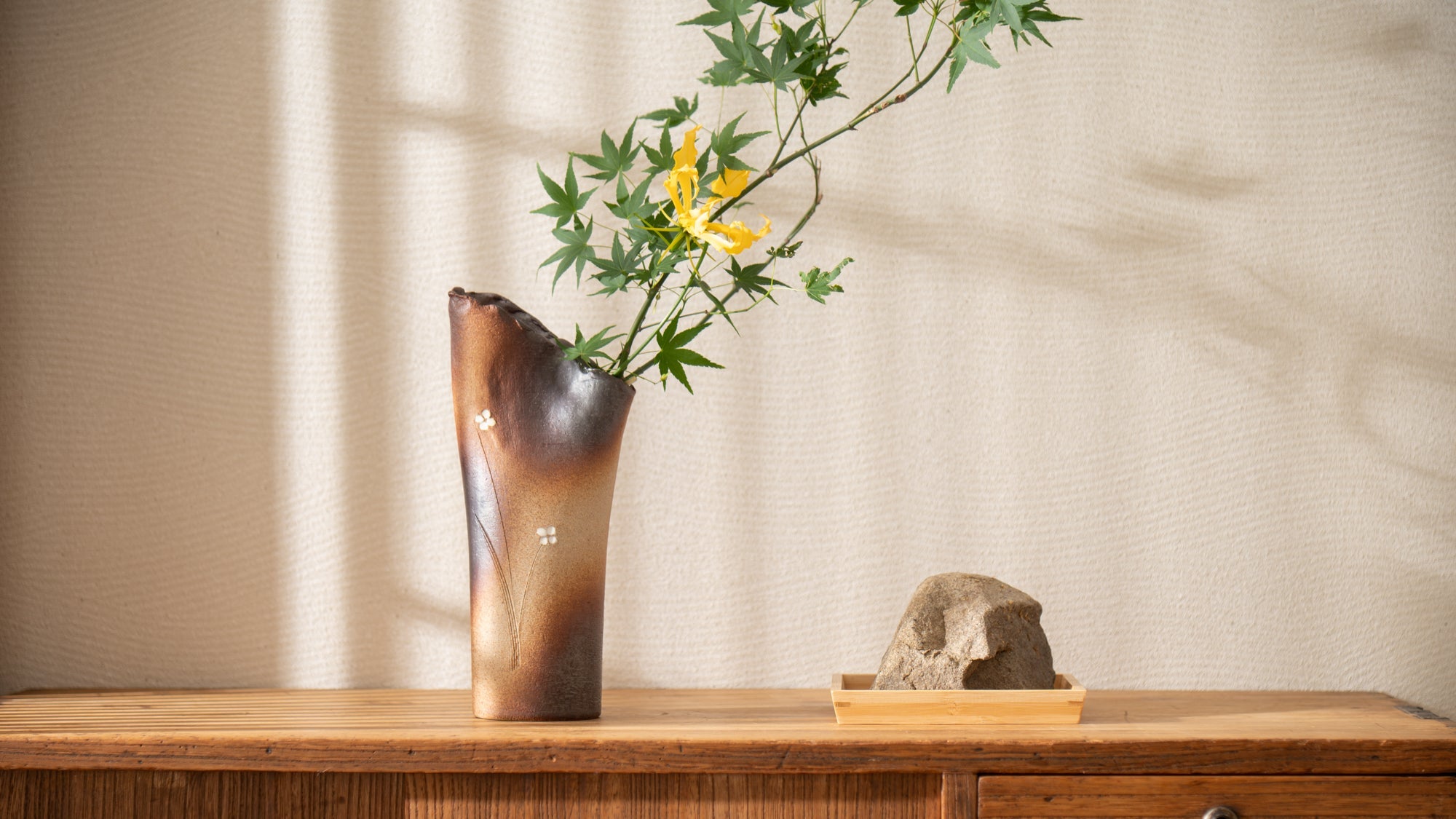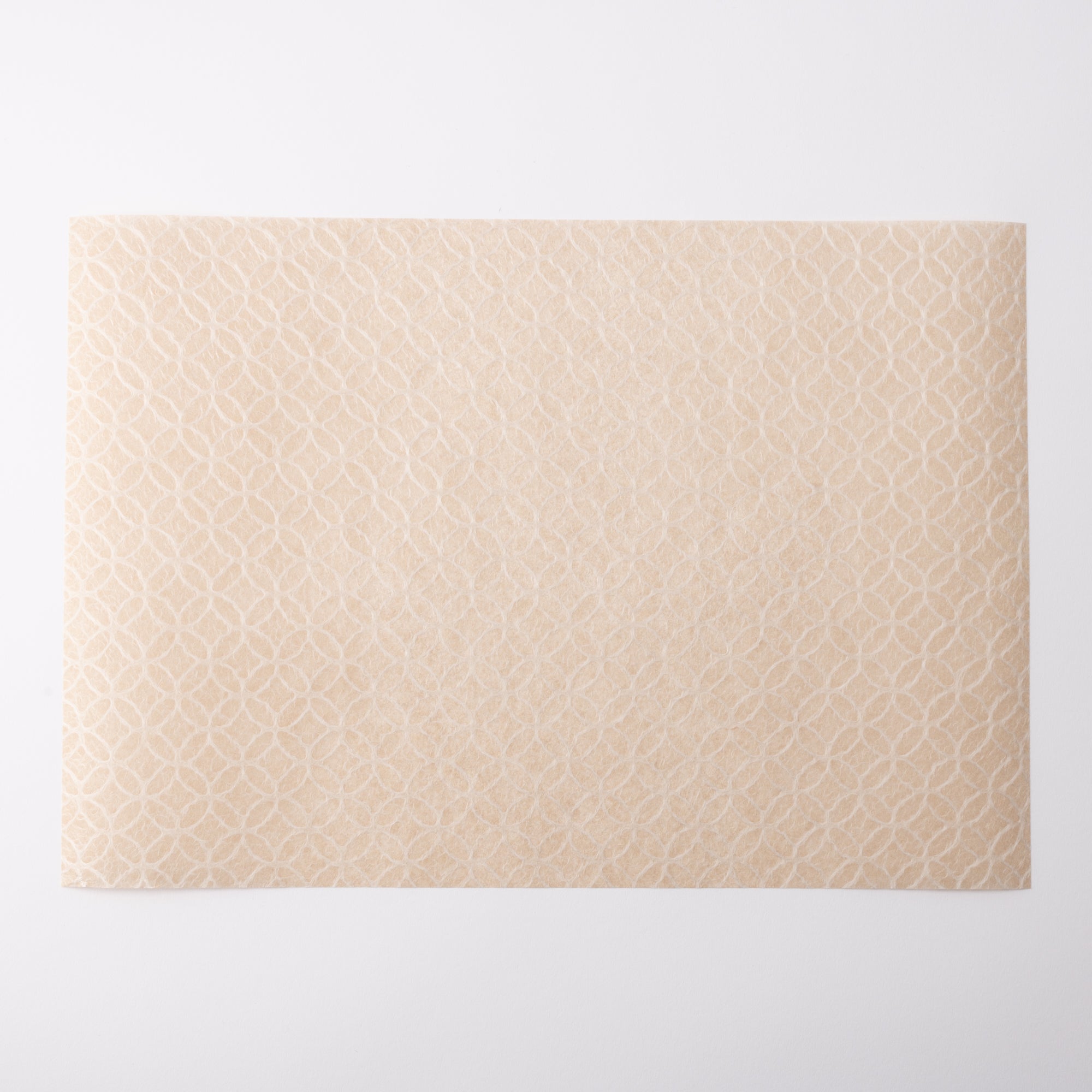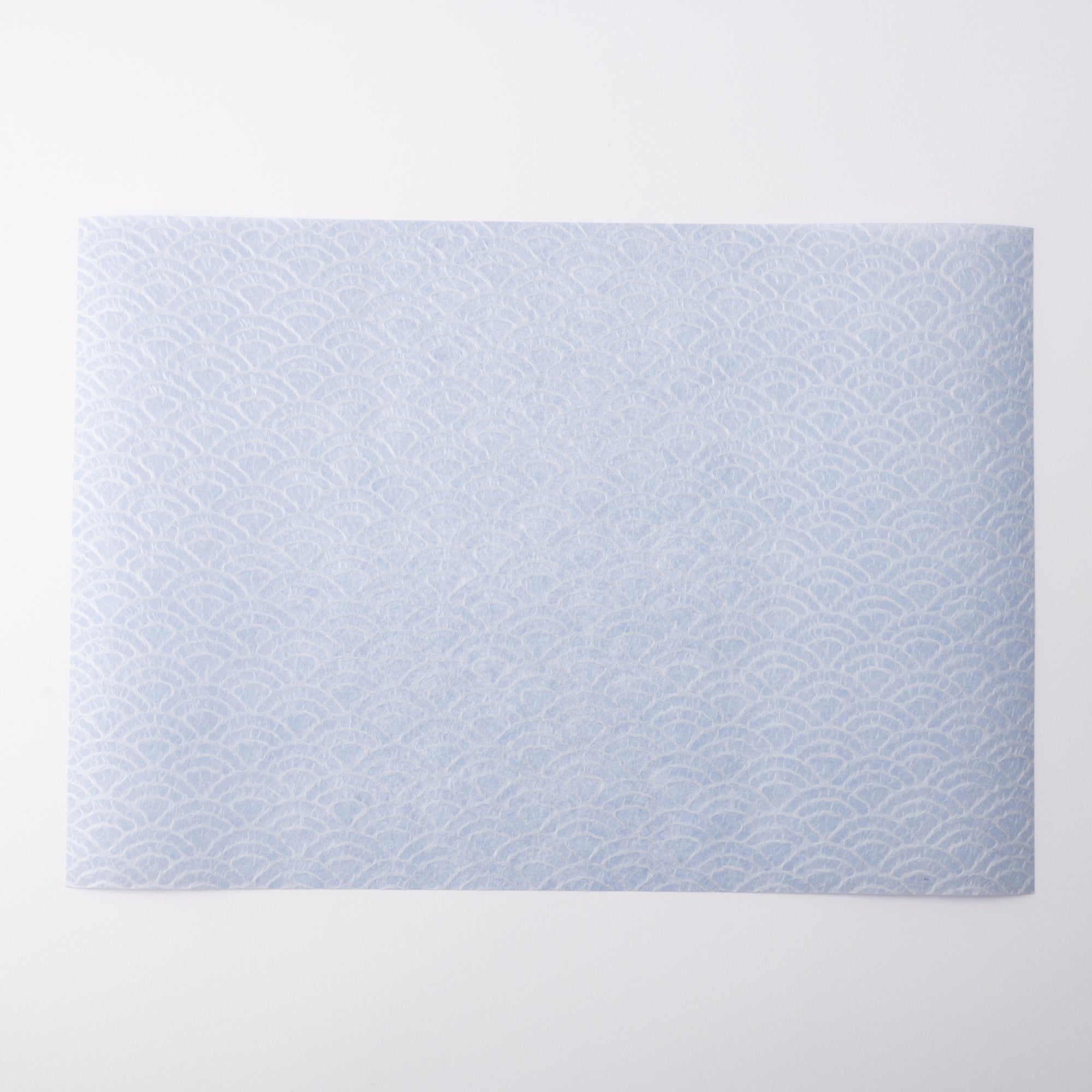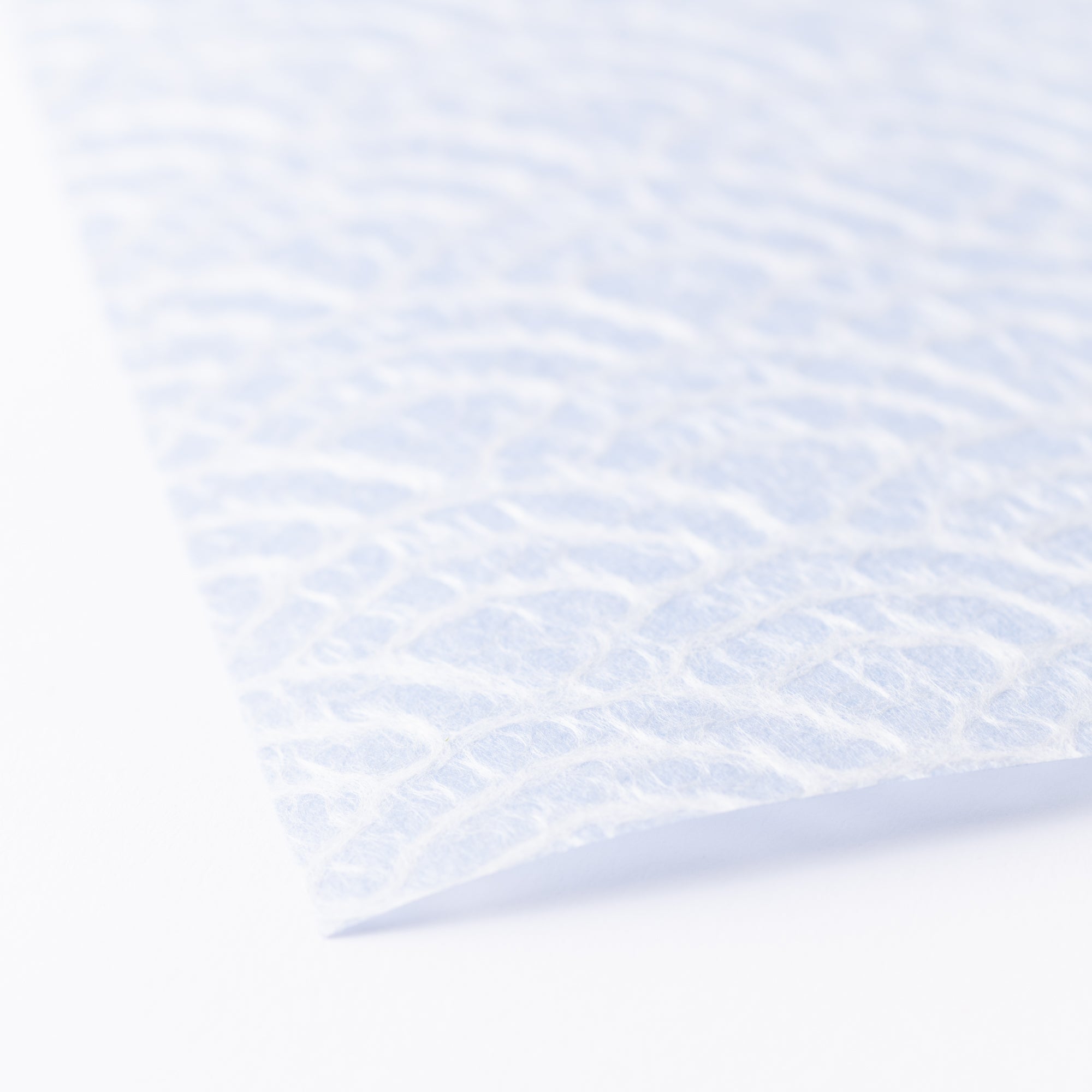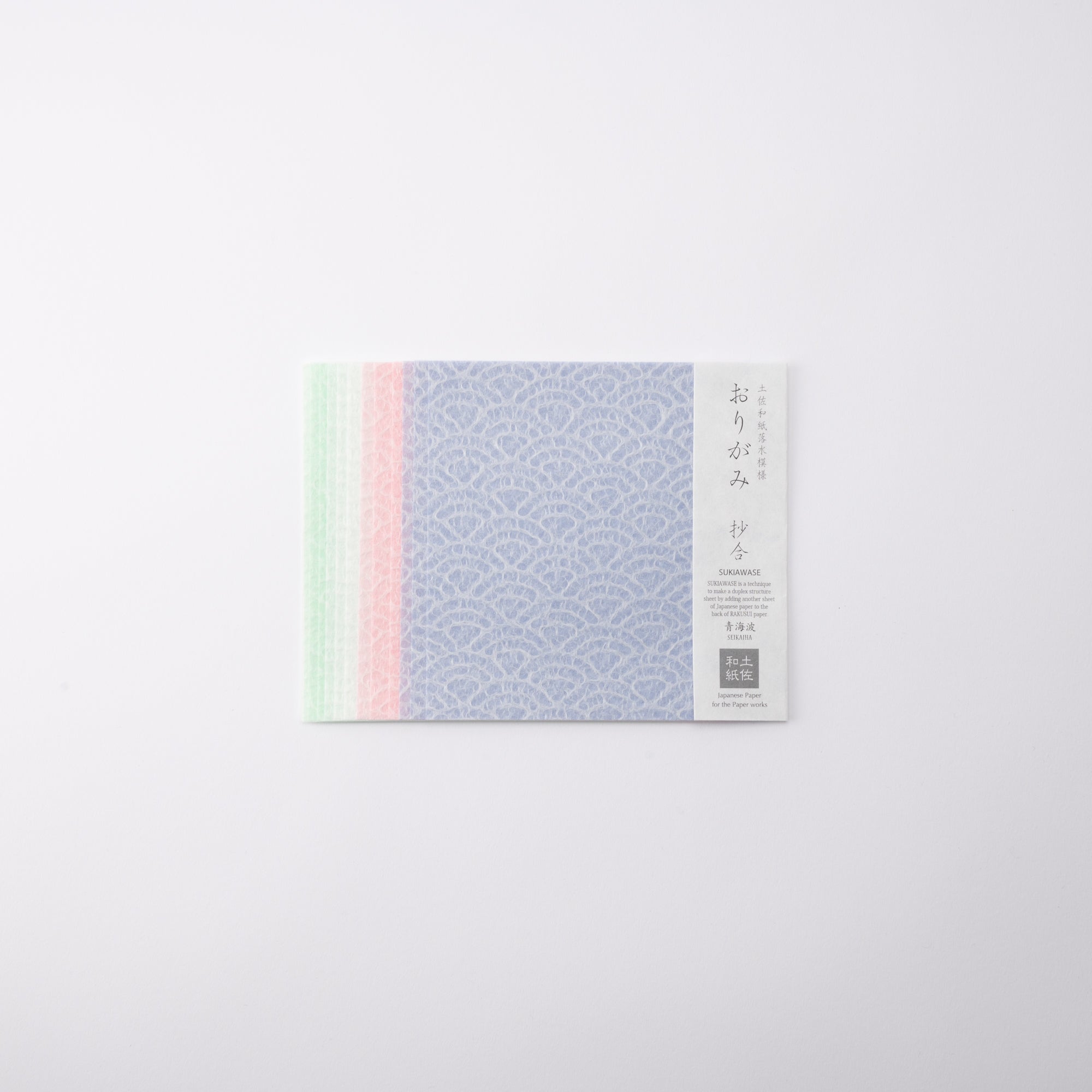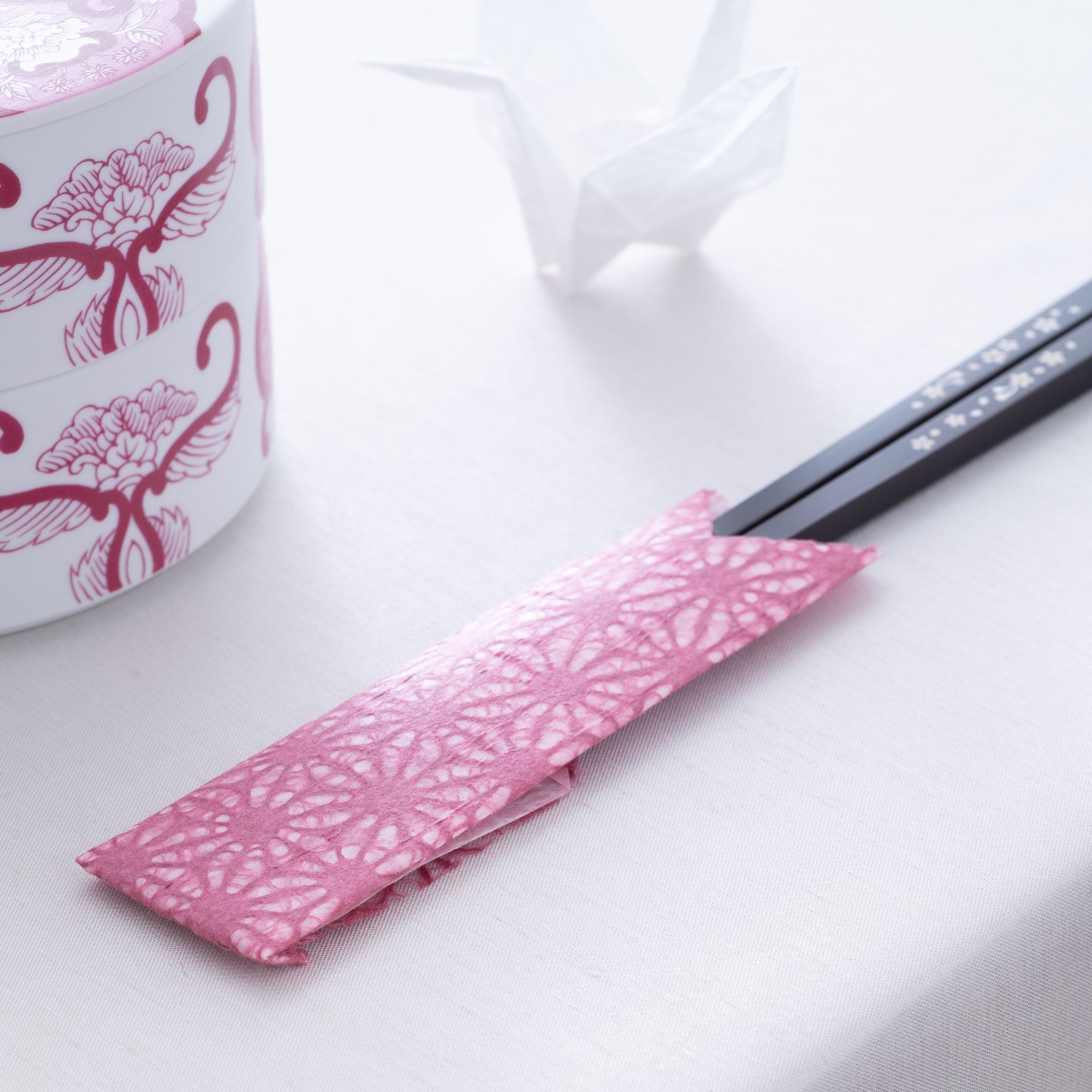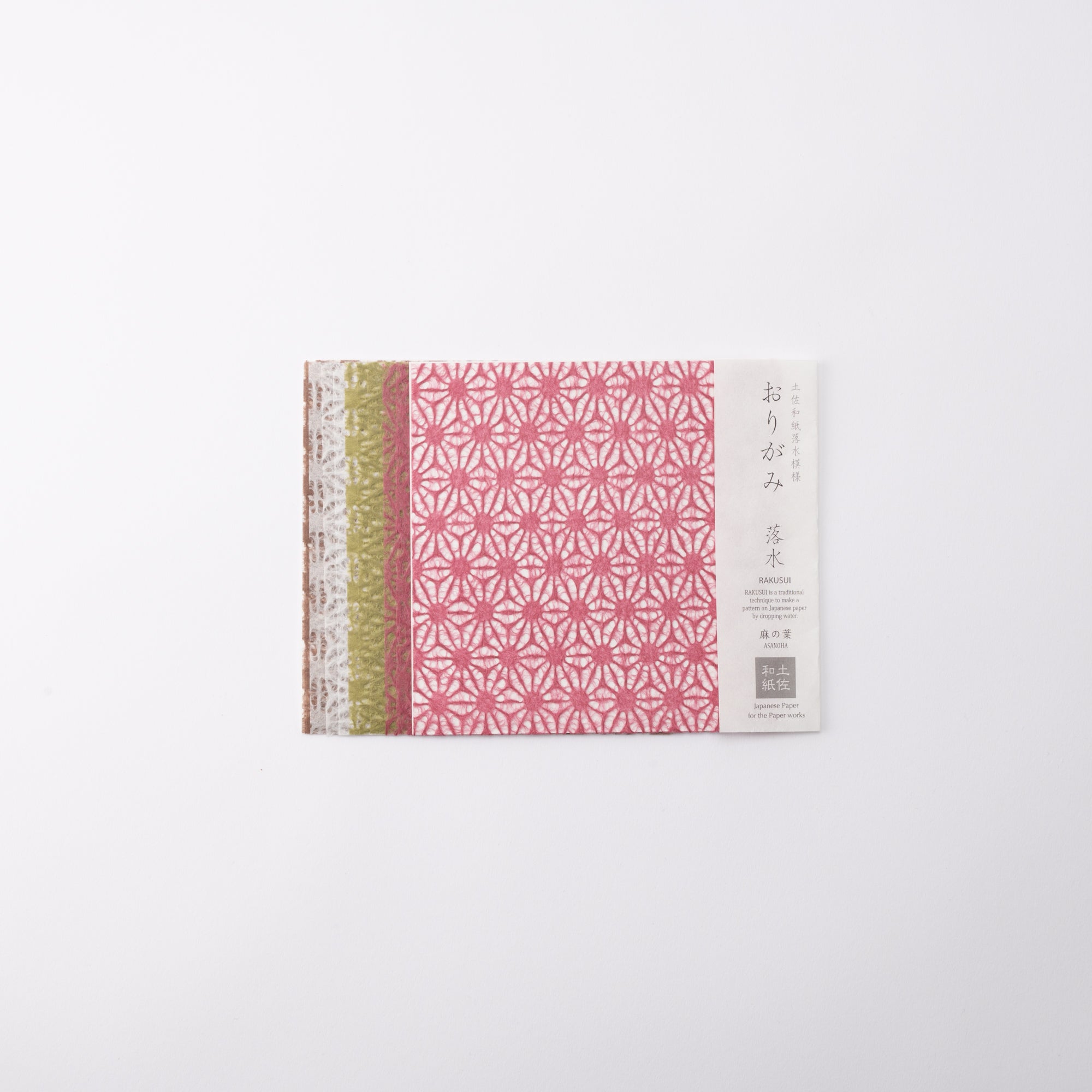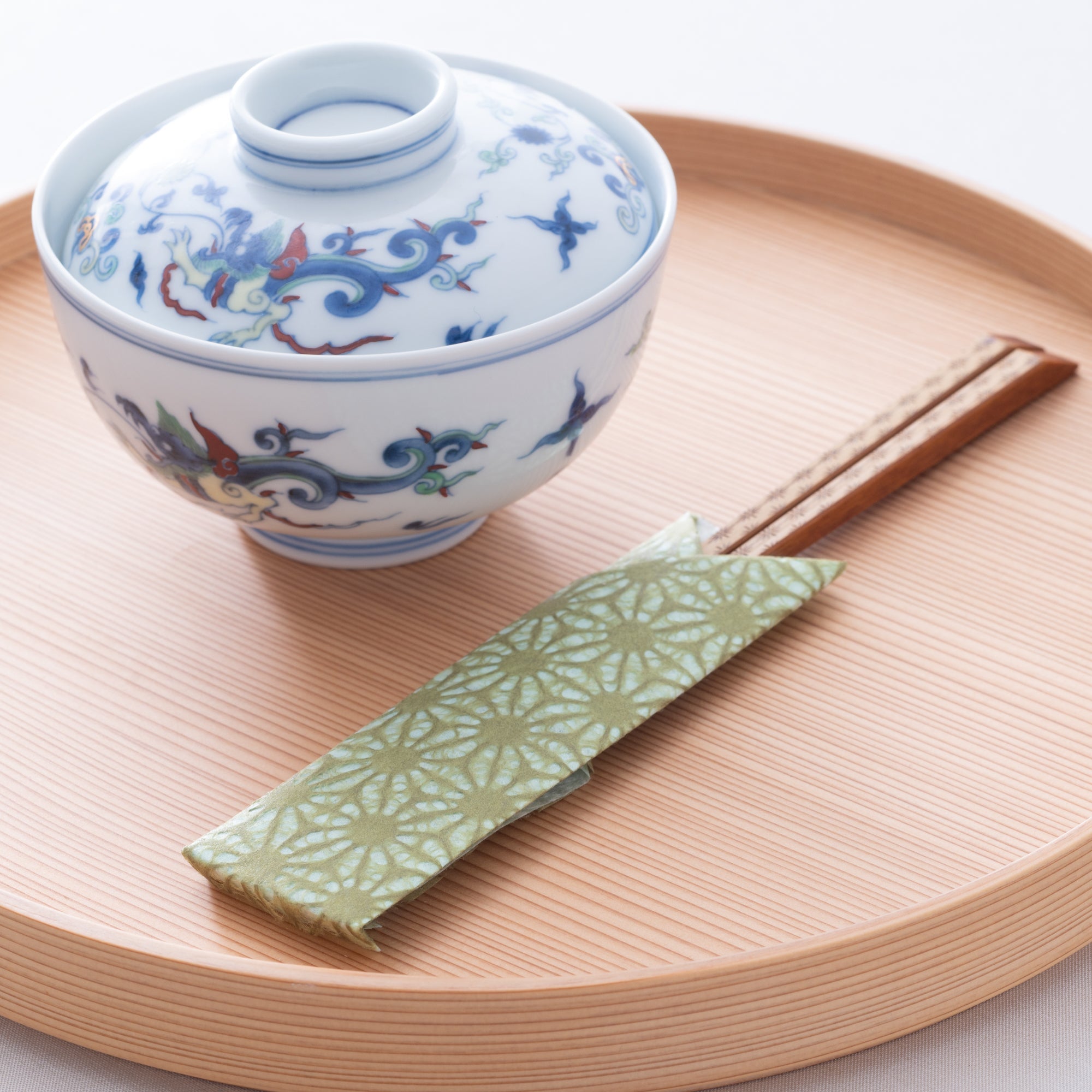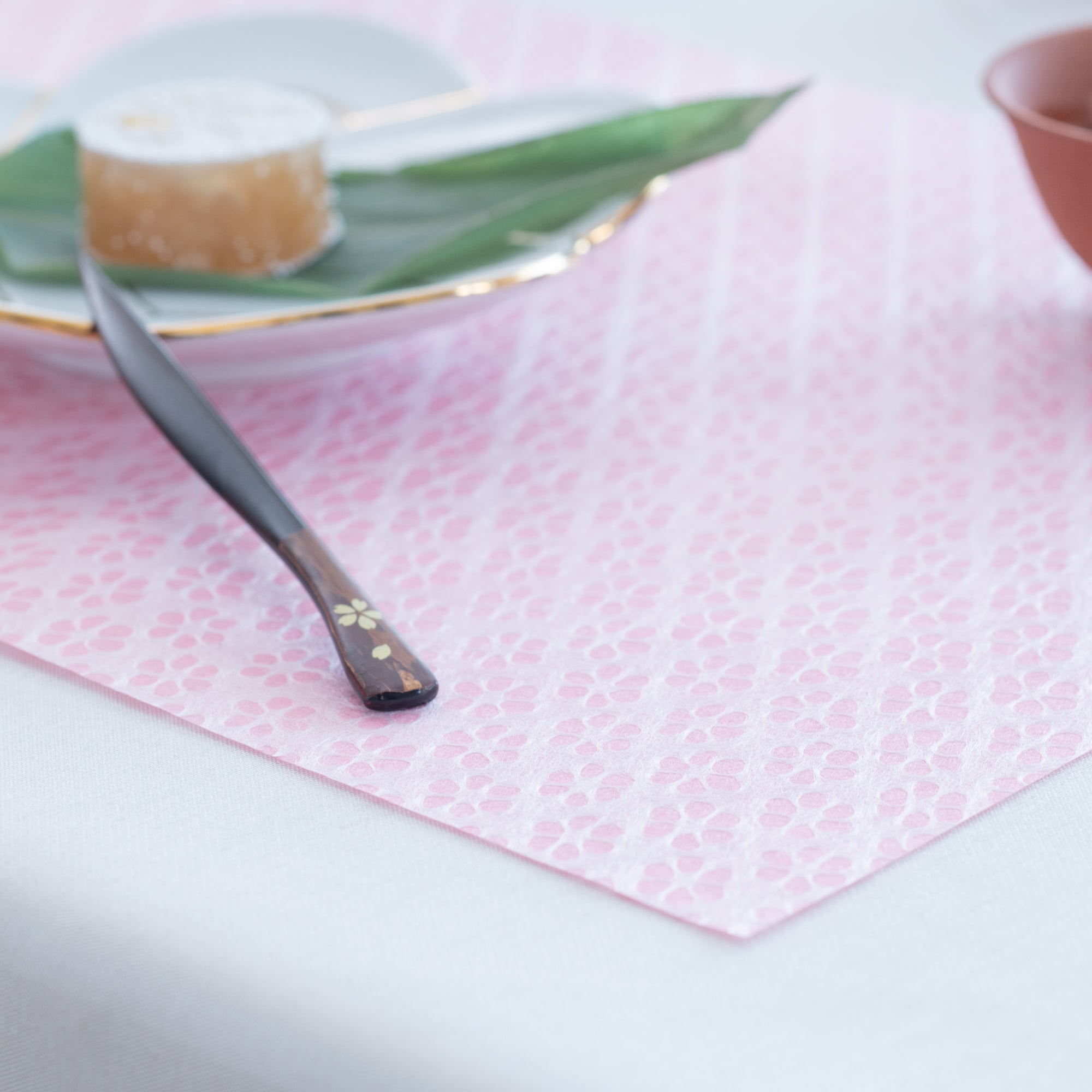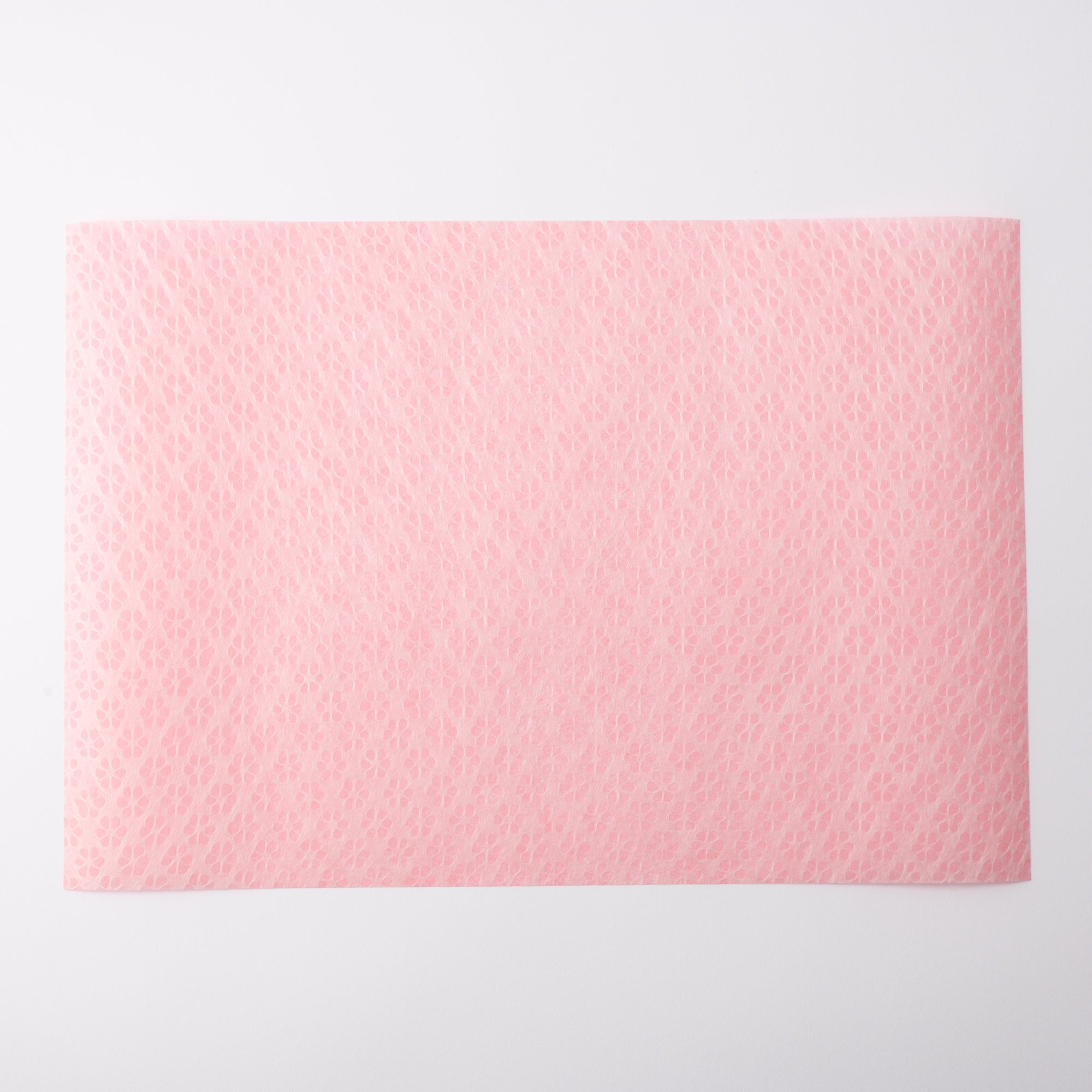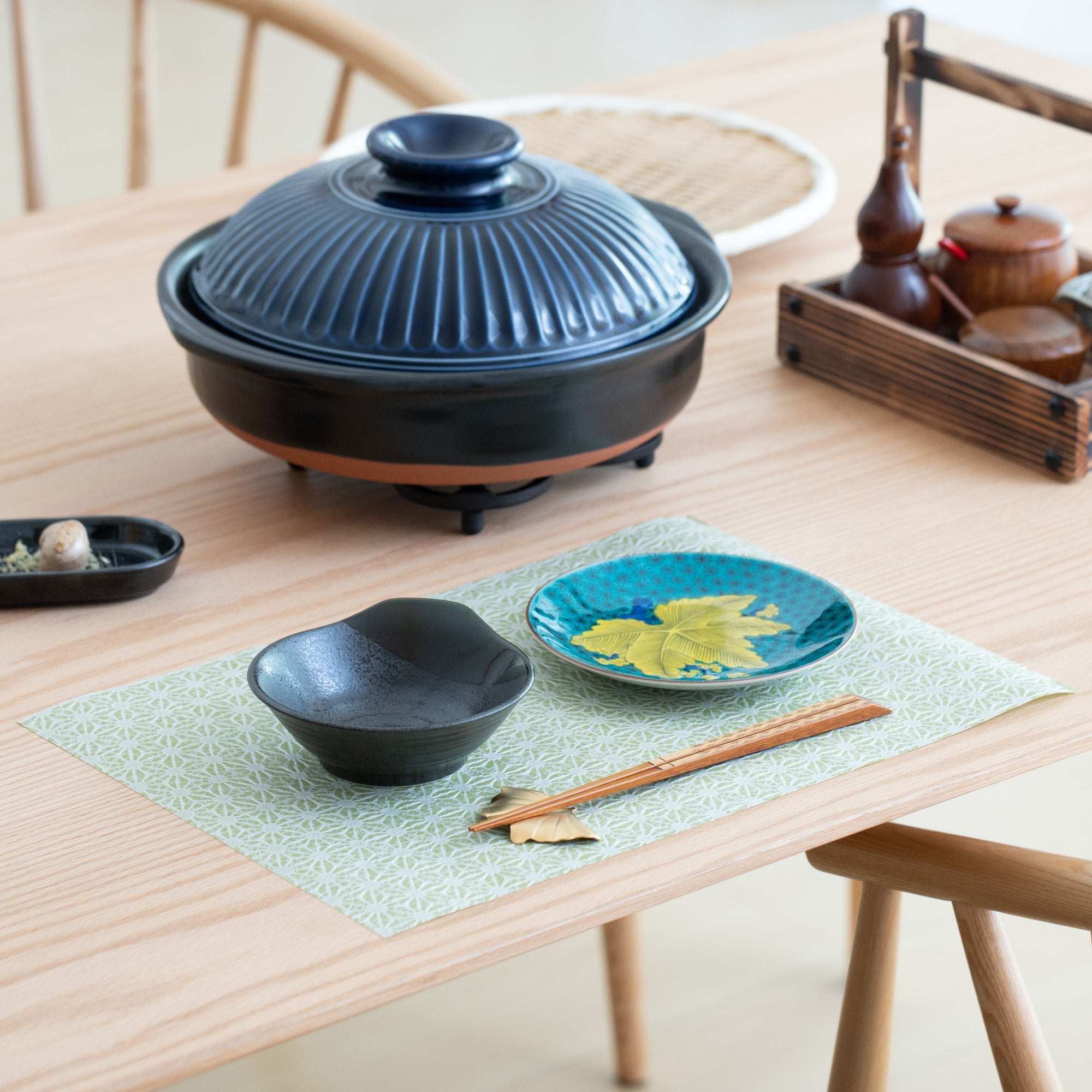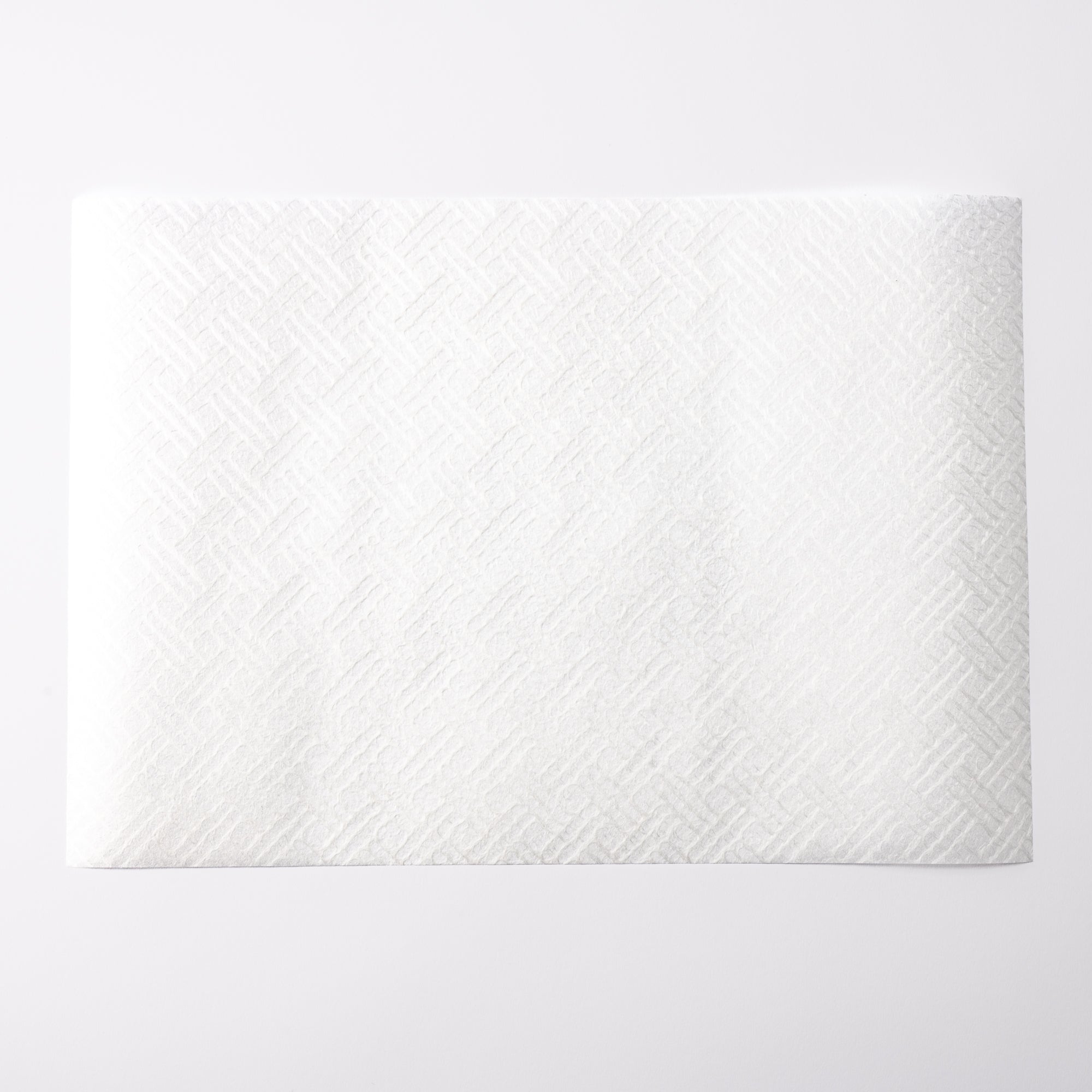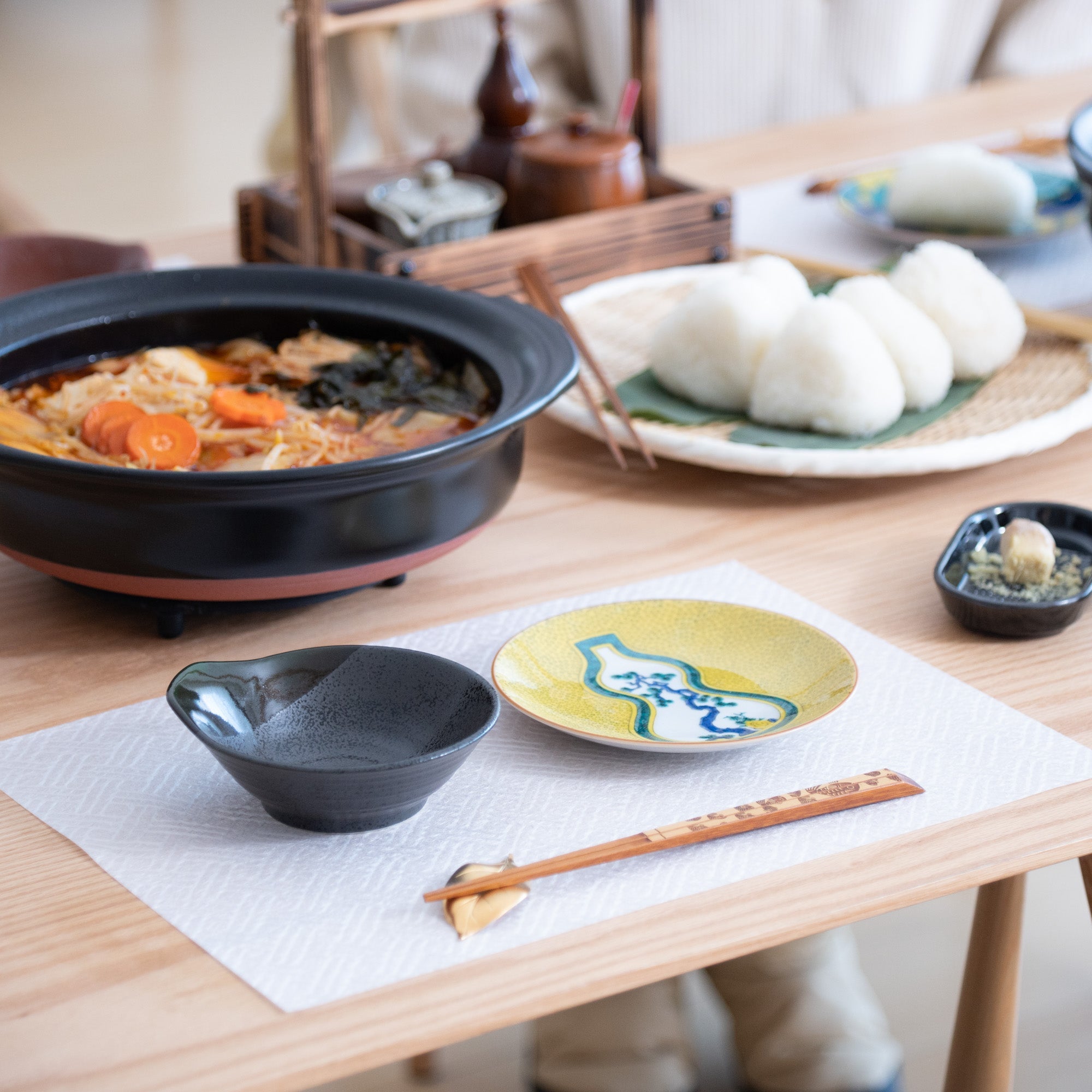
Washi Paper
Washi is a general term for a unique type of paper developed in Japan. Originally, it was made by hand using raw plant materials such as kozo, fittingly known in English as "paper mulberry," mitsumata, and gampi, all of which are native to Japan. Today, most of the paper produced in Japan is Western paper, which is made mainly from wood using methods imported from the West. In contrast, washi paper is made from traditional Japanese materials, using traditional manufacturing methods.
Related posts
Filters
Beige Shippo Washi Paper Place Mats
Sale price$16.00 USD
Blue Wave Pattern Washi Paper Place Mats
Sale price$16.00 USD
Sukiawase Washi Paper Origami
Sale price$10.00 USD
White Hemp Leaf Washi Paper Table Runner
Sale price$25.00 USD
Rakusui Washi Paper Origami
Sale price$10.00 USD
Pink Plum Blossom Washi Paper Place Mats
Sale price$16.00 USD
Green Hemp Leaf Washi Paper Place Mats
Sale price$16.00 USD
White Kagome Washi Paper Place Mats
Sale price$16.00 USD


